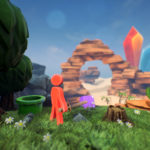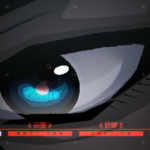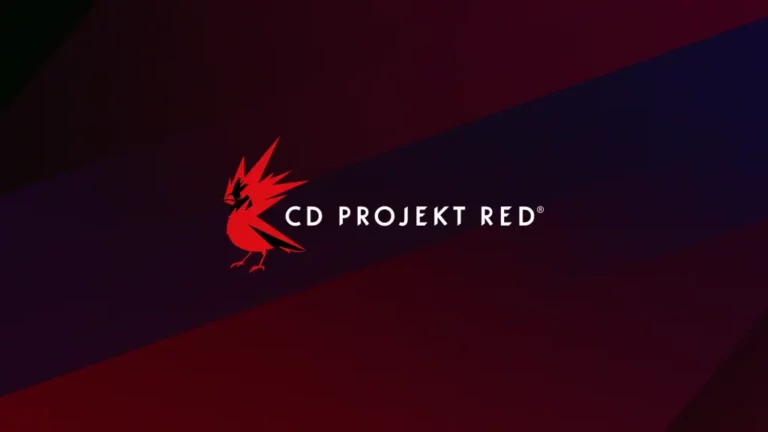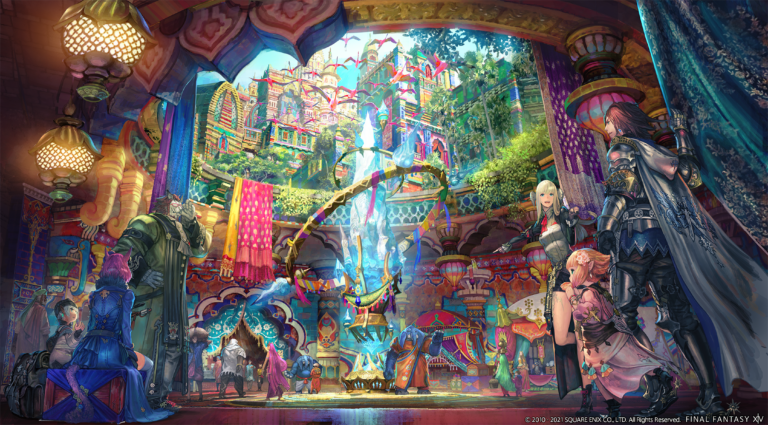For those of you who have ever worked a job that had any kind of meeting this may actually resonate differently than those who haven’t. When video games are developed there are, surprisingly, a lot of meetings that occur. When we’re talking meetings we’re talking a lot of meetings. So many meetings that it’s actually kind of fascinating to think about.
None of the below is really applicable to single developer games that don’t utilize outside contractors. Single developers naturally work entirely alone on their own game and purchase / generate all the assets and resources themselves. Single developers who contract out work still have meetings, interestingly enough.
Meetings and Video Games
So there’s a lot of cooks in the kitchen. You have the product team, that’s the developer and the game designer along with their associated analysts and support staff. You have a technical team that’s got a considerable number of folks working there. Following that up is sales, which can look all kinds of different ways but usually there’s some kind of business development guru who runs their own deal. Marketing exists and can contain community management. Support also exists and can contain community management. Community management, sadly, rarely if ever has its own department. Oh and sometimes art isn’t in technical and its own thing.
Each department has a leader and under that leader is managers and under them is often team leads. This ever expanding organization has to talk to one another and that means… meetings.
Meetings about video games.
So think about Skyrim for instance, that game had tons of meetings. Meetings to discuss everything from quests to art design. LucasArts games all had meetings. There’s tales and tales of the meetings that were fun, but there’s so many more meetings that are far more bland and mundane. They hash out different functions, math for combat, how things look or where the game is sold.

The Point to the Meeting Mania
None of this is too far from what anyone does on a day to day basis. The workers at a game studio all do the same things that most tech workers do and it’s interesting to think about it because it helps you also think of how games are designed. They’re built with folks sitting in meeting rooms reporting up to someone who has more authority than they do all working out different principles together.
That also means that everything you love and hate in a game probably came from the collaboration of those in the credits of your game either virtually on something like Teams or in-person with whiteboards and laptop fans whirling.
These meetings are where they decide to end features all together, prioritize development and more. They also can force these decisions to be made in short 30 minute conversations or with little total analysis.
Consider the Credits
A favorite thought experiment of mine is when I’m at a point in a game where I’m wondering why. I stop and I just think for a bit about how the game itself was developed to reach this point. For instance, in SIGNALIS the save rooms follow the “5th generation” of games style save rooms like in RE, etc.
These save rooms let you save and then store anything in a box that you can access from anywhere anytime.
Why though? Why decide to use a feature from such a specific era? That’s easy, it’s a super small team of three people at Rose-Studio who work on the game. They were very likely intentional in how they wanted their game to be made and bring about a sort of analog horror style theme to it.
Well that brings us back to those games like Resident Evil that used universal storage and limited inventory space. Those constraints existed very likely due to QA testing and feedback about backtracking. Look at the credits for the game. Its extensive and it makes complete sense that such a well rounded and balanced mechanic would come from iteration, discussion, feedback and teamwork.
The next time you’re in a meeting at work or thinking about a specific feature in a game then think of the sterile meeting room offices and cubicles; that’s where all that magic likely happened. It’s fun to think about and can often help explain how and why games are designed in specific ways.






